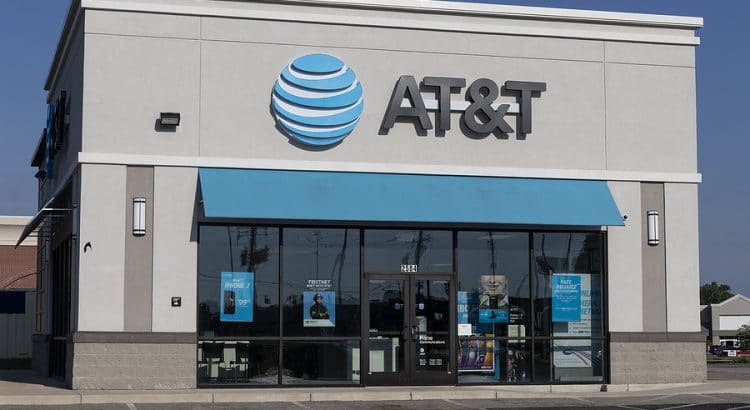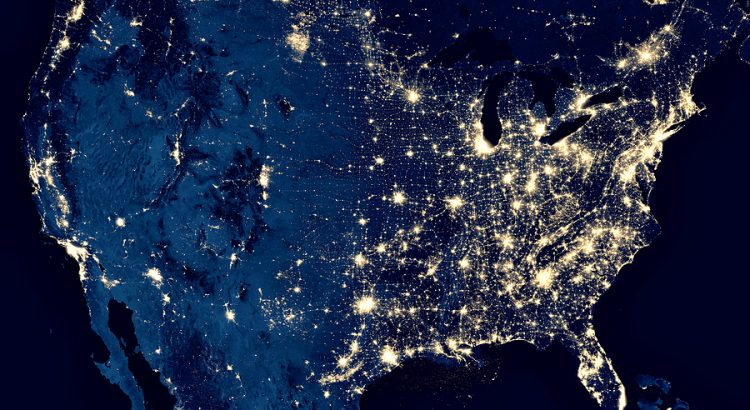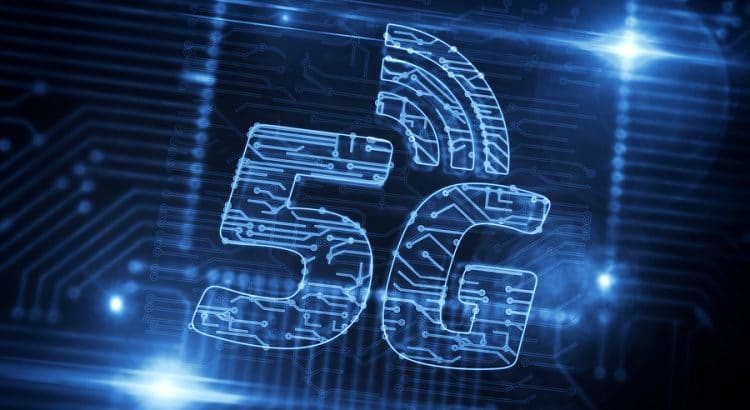AT&T is now offering a free trial. Subscribers get 30 days of service with 100GB of data and 25GB of hotspot data. Only iPhone users with eSIM-capable devices are eligible at the moment, but I expect the trial will expand to Android users in the coming months.
While a trial running over AT&T’s network was already available from AT&T’s flanker brand, Cricket Wireless, it’s taken a while for the company to launch a trial under its primary brand name. Both Verizon and T-Mobile already have relatively mature trial programs.
By my counting, there are now eight companies offering eSIM free trials in the US.










